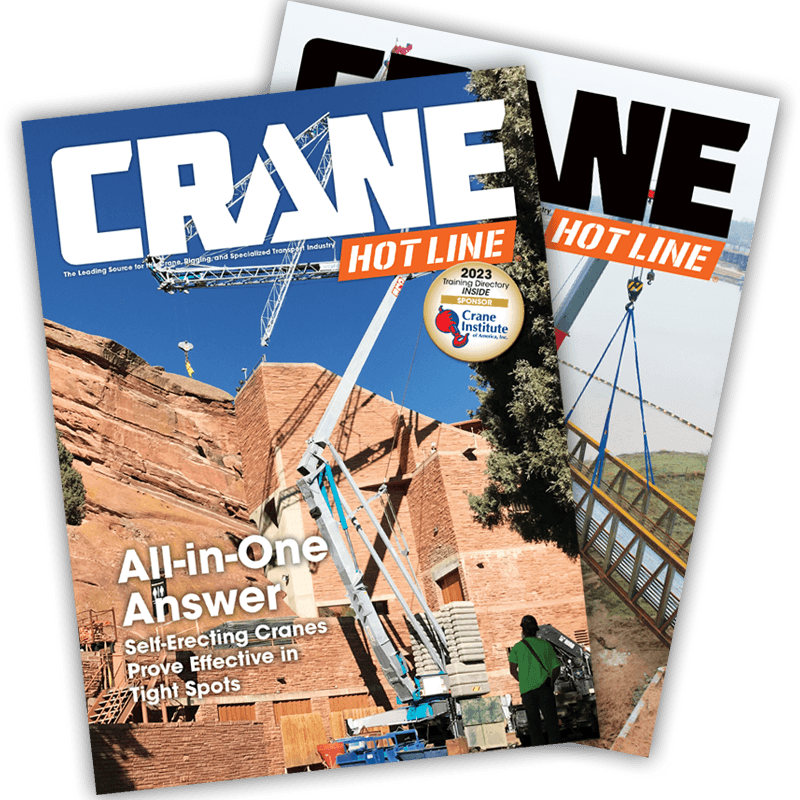The Electric Lasso
 |
| Rick Raef |
Rick Raef is a safety consultant for Willis Group Holdings and editor of WCSN-The Willis Construction Safety Network, an electronic safety bulletin distributed to contractors.
But on jobsites across
Recently in
Of course this time the object of capture immediately turned against our modern day cowboy and his trusty mount and started to snort, pop and breathe fire. In rather short order, our now reluctant rope thrower decided that bailing was better than staying, and in a giant leap of faith, he abandoned his faithful mount to its ultimate fiery fate.
So, for all those modern day crane running cowboys out there who confidently ride the jobsite range with their jibs in the air and their whip lines blowing in the breeze, here are a couple of tips to make sure you don’t end up with your rope wrapped around dangerous power lines.
Check the operator’s manual
Most if not all crane manufacturers post some manner of restriction when it comes to traveling with mobile cranes with the jib in the extended position. In some cases, it may be permissible to move the crane a short distance provided there is a spotter in direct view of the operator, however, the operator’s manual and the employer’s crane safety policy should be checked before moving any crane any distance with the jib in the working position.
Secure all load lines
It matters not if it’s the whip, the main, or both – unsecured load hoist lines that dangle while traveling are a hazard in more ways than one. Dangling load lines can jump the point sheave unnoticed and then fail later under load. (I saw this happen on a job in
Use a spotter
No contractor ever went out of business because an extra set of eyes were used to move a crane from one place to another. But there have been contractors go out of business because they haven’t.
There’s also one more piece of advice that goes well with the subject of power lines and cranes: Never in recorded history has there ever been a case where a power line has reached out and grabbed a crane. Cranes move, power lines don’t. They never have and they never will. Power line accidents involving cranes occur because someone puts the crane into a power line, or someone or something else breaks, damages, or otherwise compromises the integrity of the line or pole. Blaming a power line for the accident doesn’t carry much water because the power line is never at fault.
For anyone who is still a non-believer when it comes to the hazards of moving cranes with jibs extended, visit the Osha.gov website to see this crane fire. The story is about a crane that was moved with the jib extended from one worksite to another in direct violation of the crane manufacturer’s recommendation and the contractor’s own crane safety policy. How do I know? I was there the day after it happened doing the accident investigation. Look for the jib in contact with the power line. The operator was backing up without a spotter and hit the line. Had the jib been stowed or a spotter been used, the accident would have never happened.


